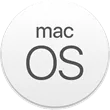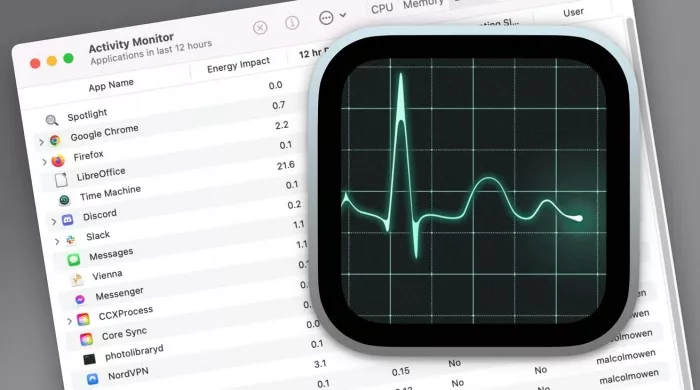The data provided by the activity monitor program in MacOS to Apple silicon users may not be so accurate. A report said that the tool could not correctly distinguish between performance and efficiency core. Activity monitor provides a way for users and developers to tell them which applications use the most resources and energy when performing tasks.
When testing the functional elements of the tool on a Mac running Apple silicon, it seems that a small error in core recognition may greatly discount some results.
Using the CPU and energy figures of the activity monitor, users can see that the application code running only on the efficiency core reportedly consumes more energy than the performance core when completing a task. Since the purpose of the efficiency core is to be slower than the performance core, but the power consumption is lower, this result is quite contradictory.
The test conducted by the electric light company on MAC studio equipped with M1 Max involves running the test program on 8 performance cores and 2 efficiency cores. When there are 8 floating-point computing threads of each core type and each thread has 1 billion cycles, 8 performance threads complete the task in 6.6 seconds, while 2 efficiency cores take 40.4 seconds.
However, checking the energy tag of the activity monitor shows that the continuous energy value of the performance core is 800, 660 per thread, and a total of 5280 units are used. At the same time, the energy value of the efficiency core is 194, which consumes a total of 7838 units and 980 threads.
On the face of it, this infers that running these specific threads on the efficiency core turned out to be less efficient than the performance core. The report states that this problem is caused by the activity monitor because it cannot distinguish between the same core with fixed frequency and two different core types with variable frequency.
The report also found that it also had problems in how to report the load between cores. One test determined that twice the amount of code running on two efficiency cores was reported in the activity monitor as using the same energy as half the amount of code.
It is believed that because of how MacOS controls the frequency of the efficiency core, the results of different M1 chips are also inconsistent, so the way M1 processes reports may be very different from M1 pro.
The report added: "in Apple Before updating the number returned by the activity monitor for the M1 chip, the confusion of core type and frequency makes it not only useless, but actually misleading to compare CPU utilization or energy consumption. Instead, developers should consider tools such as powermetrics, which provides information about cluster frequency and power usage, as well as activity residence time. "
It is unclear whether Apple has plans to update the activity monitor. There has been no significant improvement since the release of Apple silicon.

